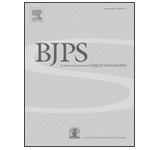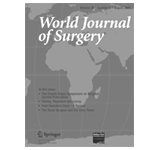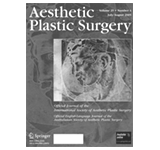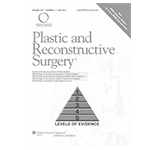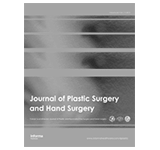It also contributes in relieving the patient from intense pains in the chest and back caused by the heavy breasts. Furthermore, it improves posture. Breast reduction may be performed in any age provided that the development of the breasts has been completed.
Achieve a perfect & natural breast reduction at Kosmesis
Breast reduction is a procedure that aims at reducing the size and at the same time lifting the breasts.

During the procedure, the breasts are reshaped so that the areola will be positioned in a more visible and higher level. Excess mammary gland and fat is reduced along with the skin from below the breast and from the side. Also, if the areola has grown following the overall enlargement of the breast, it will be reduced to match the size of the new breast. After the surgery, that is performed with general anaesthesia, the patient remains at the hospital for 1-2 days. Thin drainage tubes are inserted in each breast to prevent liquid/blood concentration and are usually removed before discharge.
Scars, which usually heal well, are seen around and under the areola, in an inverted-T shape. Scars are also visible along the inframammary fold. Sometimes the procedure may be performed through an incision around the areola and a vertical incision under the areola. Scars are permanent and visible after the procedure but they will significantly improve over time. Depending on the size and shape of the breast, the procedure may be performed through a vertical incision thus avoiding the large horizontal incision. This is the “Lejour” technique or the vertical incision breast reduction procedure and can be performed only in specific cases.
After surgery, the patient is advised to wear a strong support bra for a month. Straight after the procedure, the breasts are bruised, swollen and hurt a little. The pain is easily managed with usual painkillers. In some cases healing may be delayed, particularly in areas where much strain is exercised. Special care must be given to wound changing for a few weeks, until full healing is achieved.
Another complication, although rare, is the haematoma that usually occurs the first hours after surgery. Another operation is necessary to manage the situation. Inflammation is also a rare complication that is treated with appropriate antibiotics. Also, some patients may experience hypoesthesia in the area of the breasts, and oedema which usually subside over time. In very rare cases these complications may remain. Moreover, interested patients must know that after breast reduction it is possible that they will not be able to breastfeed although their breasts will continue to react (becoming bigger or smaller) to any changes occurring in their body (pregnancy, weight fluctuations, menopause).






















